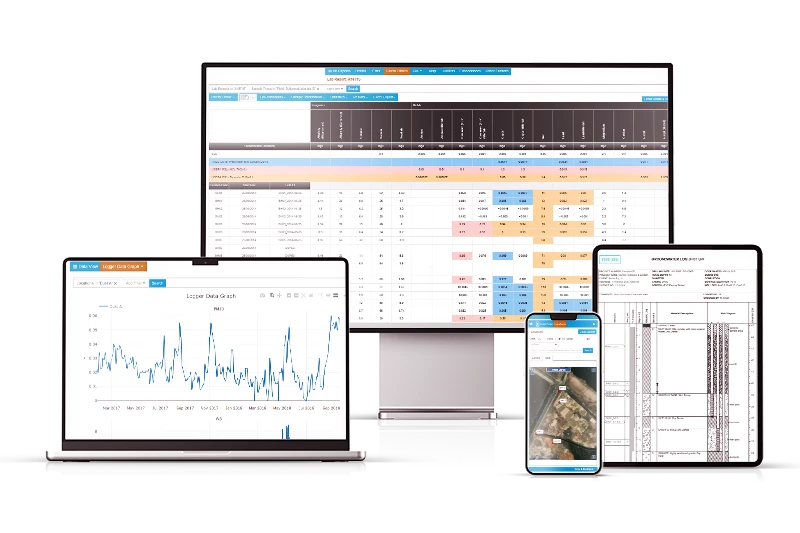Environmental standards and guidelines in the US shape everything from air and water quality to waste management. These frameworks, primarily overseen by the Environmental Protection Agency (EPA), promote sustainable practices and protect public health, yet some statistics reveal fascinating impacts often overlooked in mainstream discussions. This article explores unique insights into US environmental standards, emphasizing the multifaceted effects of water quality investments, market-based pollution controls, advanced monitoring technologies, and recycling initiatives.

The Clean Water Act: Investment and Long-Term Impact
Since its inception, the Clean Water Act has driven federal investments totalling over $650 billion to help cities improve municipal water treatment systems. The result? Significant reductions in water pollution have positively impacted water quality for more than 25 years. Interestingly, although these improvements yielded substantial environmental benefits, the expected economic returns—measured by increased property values near cleaner water sources—were less pronounced than anticipated. This highlights the complexity of balancing environmental investments with direct financial returns, especially in areas with relatively high clean water access.
Air Pollution Control Markets: Cost-Effective Compliance
Under the Clean Air Act, the US established nearly 500 localized emissions markets to facilitate air pollution reduction through tradable emissions “offsets.” In these markets, companies in polluted regions can offset their emissions by purchasing reductions from other facilities within the same area. This market-based approach has proven to be highly cost-effective: recent studies indicate that the benefits of additional pollution reductions are, on average, ten times greater than their costs, making it an efficient model for reducing emissions. However, despite its success, this method still needs to be appreciated in discussions on air improvement strategy.
(https://www.nber.org/reporter/2022number2/us-environmental-policies-environment-and-economy).
Satellite-Based Monitoring: Bridging Gaps in Pollution Data
Historically, only 40% of US counties were equipped with EPA air quality monitors, limiting the ability to track pollution comprehensively across the country. However, advances in satellite technology have recently enabled nationwide monitoring, providing real-time data on particulate matter (PM 2.5). This technology has improved accuracy and supported targeted regulations that have significantly narrowed pollution exposure disparities. For example, between 2000 and recent years, the racial gap in pollution exposure, particularly between Black and White Americans, has reduced, mainly due to spatially targeted regulatory efforts informed by satellite data.
(https://www.epa.gov/report-environment/epas-report-environment-fact-sheet)
Waste and Recycling Trends: Challenges and the Push for Circular Economy
In 2018, Americans generated approximately 292.4 million tons of waste, nearly half of which ended up in landfills. While recycling rates have increased from a modest 10% in 1980 to over 30% in recent years, the sheer volume of waste generated each year presents ongoing challenges. The EPA has since focused on circular economy practices, aiming to reduce landfill dependency by encouraging recycling, composting, and repurposing. These strategies are part of a broader EPA initiative to minimize waste’s environmental impact and promote sustainable materials management.
(https://www.epa.gov/facts-and-figures-about-materials-waste-and-recycling).
Key Takeaways: The Broad Implications of US Environmental Standards and Guidelines
1. Long-Term Environmental Gains vs. Immediate Economic Returns: Federal water quality investments have yielded decades of cleaner water, though property value increases near these cleaner sources have been modest. This underscores the complex relationship between environmental and economic returns.
2. Cost-Effective Compliance Through Pollution Markets: The Clean Air Act’s emission markets illustrate the effectiveness of market-based compliance, where tradable pollution credits significantly reduce emissions with minimal costs, presenting an under-recognized but impactful strategy for pollution control.
3. Technological Innovation in Pollution Tracking: Satellite-based monitoring transforms pollution control by providing more accurate data, enabling regulations that reduce disparities and improve public health. This technology closes data gaps and allows for more nuanced, equity-focused environmental policies.
4. Toward a Circular Economy: With rising waste volumes, the EPA’s focus on circular economy practices highlights a shift toward sustainable materials management, reducing environmental strain from waste and landfill dependency.
US environmental standards and guidelines continue to evolve, backed by technological advances and innovative policies. From targeted regulations informed by satellite data to market-driven pollution reduction models, these initiatives illustrate the multifaceted benefits of environmental compliance, demonstrating how modern approaches can balance sustainability with economic pragmatism.
Wouldn’t it be sensible if your scientists and engineers could easily manage their data and analysis using modern online software?
With the modern ESdat environmental data management system, engineers and scientists can easily manage the data associated with their projects themselves. Imports are largely automated, and professionals can produce their outputs, increasing efficiency, improving job satisfaction, and reducing corporate overheads.

ESdat is designed to deliver an easy-to-use, efficient, and powerful cloud-based solution for managing contaminated site data.
- Laboratory Integration is taken care of for you.
- Environmental Standards are pre-compiled and maintained for you.
- All staff can receive exceedance or compliance notifications and produce Exceedance Tables and other outputs as soon as results are obtained.
- All common industry outputs, including QA, Tables, Maps, Graphs and Statistics, and integrations, including ProUCL, ArcGIS, Surfer, AGS, Power BI and many others, are included.
If you’d like to carry out a free, no-obligation trial of this modern software for managing your contaminated land or monitoring data, visit www.esdat.net.
Related Articles to US Environmental Standards and Guidelines
Exciting Software Update Unveiled for ESdat Users Worldwide, Elevating Data Management Experience






